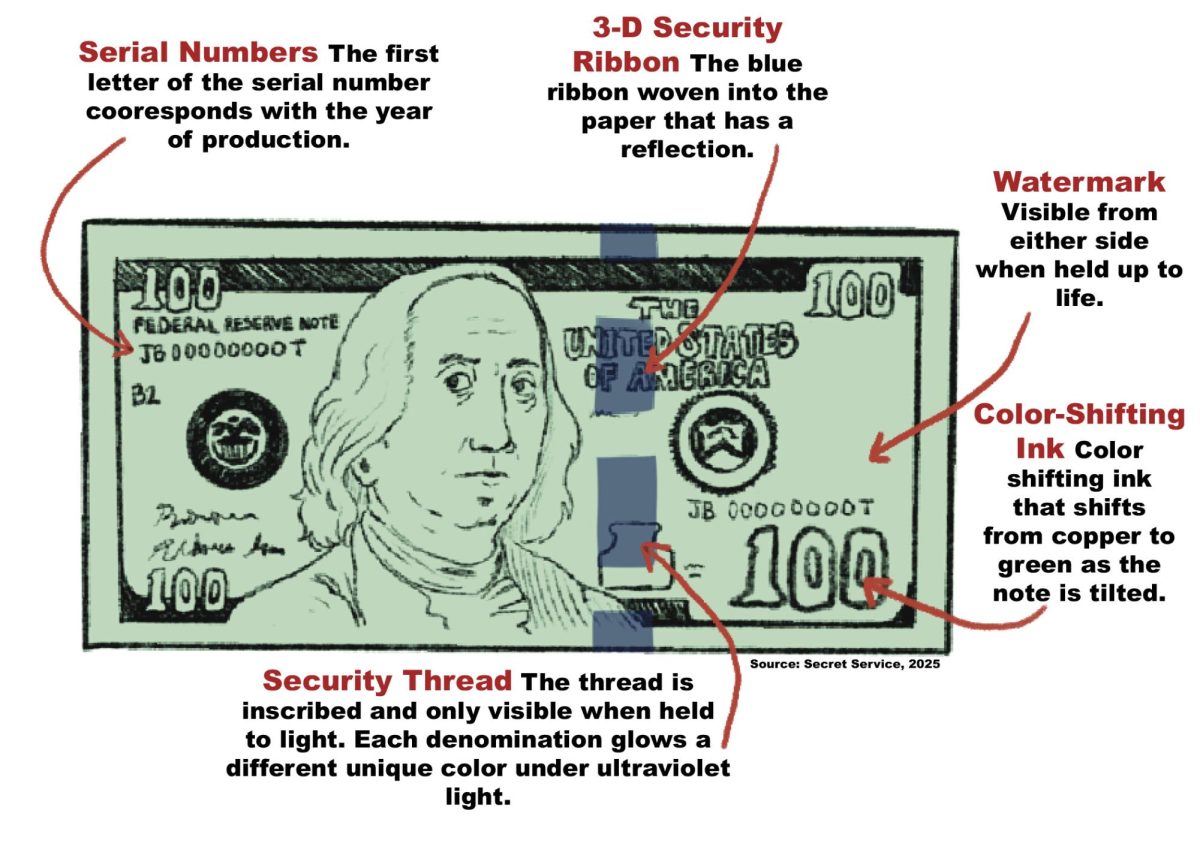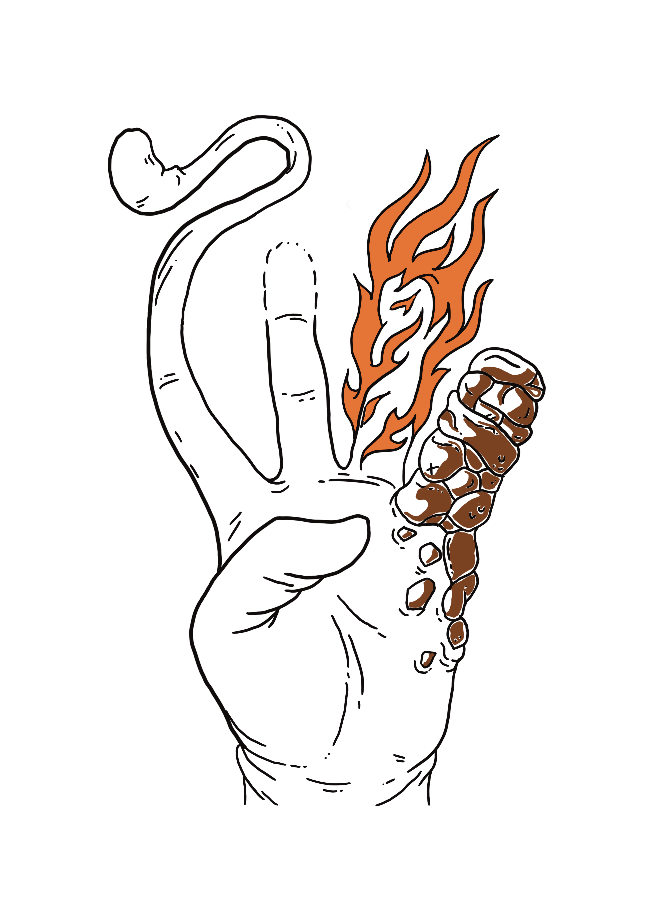Maximillion Cohen spots a bloodied man in New York’s subway system. He begins to chase after the strange man, but to his shock, when he reaches a staircase, all he finds is a brain lying on the cold concrete. Cohen, unsure if any of this is real, pokes it with his pen. As he presses the pen into the organ, a piercing whistling sound slices through the air. The audience remains tense in their seats, eyes locked on the screen, analyzing Cohen’s every move. He tries once more, but the same chilling noise echoes back. This time, he fully commits, driving the pen deep into the squishy brain. In an instant, a blinding flash of light bursts from behind him. He whips around, his heart and the audience’s racing in tandem. He looks in horror as a subway train hurtles toward him. He jolts awake, sprawled across the seats of the subway, nose bleeding.
It was just another hallucination, something Cohen had increasingly dealt with over the past couple of days.
For this week’s film, the Wildcat Film Appreciation Society had to make a quick change when “A Most Violent Year” was removed from the lineup due to the society losing the public broadcasting rights. Instead, the society selected a movie called “π,” a high-contrast black-and-white film released in 1998.
The film is relatively short, running just a little over an hour and a half, but its plot is dense. The story goes deep into the mind of Cohen, a reclusive number theorist in New York City suffering from severe headaches, hallucinations and paranoia. He obsessively studies numbers in search of patterns in the world, specifically within the stock market. One day, his computer crashes and prints out a random 216-digit number. At first, he discards the paper, but soon he begins to notice a pattern.
As the plot unfolds, Cohen’s hallucinations worsen as Wall Street agents pressure him with constant phone calls and abrupt meetings on the street to lend them his research in exchange for a classified computer chip that could help power his computer. Simultaneously, Cohen encounters another number theorist who uses the Torah to find mathematical patterns. Tensions escalate when he is attacked by the Wall Street agents who have discovered the discarded paper, and his fellow number theorist rescues him and takes him to a Jewish temple, where he comes to believe that the number corresponds to the name of God.
The story finally comes to an end after he realizes the number relates to his headaches. He burns the paper and trepans himself by drilling into his skull. After his self-lobotomy, he is no longer worried about mathematical patterns.
James Cox, a freshman in physics, called into question a key aspect of Cohen’s character.
“I wonder if anything really happened,” Cox said. “Since we have an unreliable narrator, it doesn’t matter how much he interacts with his environment; he could just be hallucinating.”
Other members at the WFAS, such as George Colburn, the president of WFAS, said he “loves how whiplashing every scene is” with the harsh black and white visuals and sharp sounds.
Club secretary Prasanth Chandran said the development of technology, specifically Apple, in the 90s was likely a strong influence in the creation of the film.
Overall, I would rate this movie a 4.5 out of 5. The film is intense and intricate, requiring multiple watches to fully grasp the complexities of the protagonist’s mind. Despite its numerical title, you don’t necessarily need an advanced understanding of mathematics to appreciate its depth. Normally, I research the movies we watch at the film appreciation society in advance. Going in blind definitely made the film an interesting experience. If you enjoy complex psychological films, this is a must-watch.


















































































































